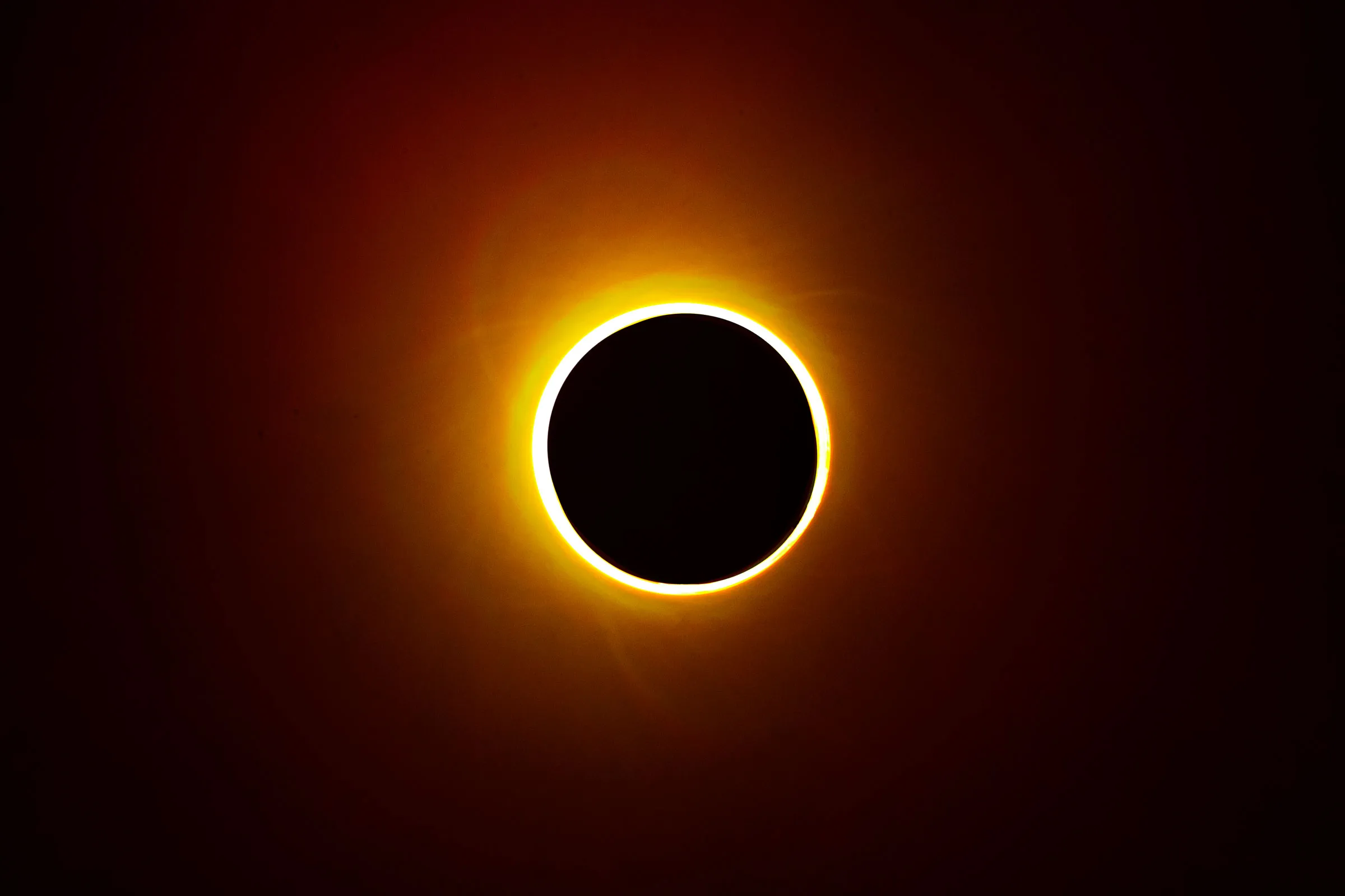A stunning “ring of fire” solar eclipse is on the horizon, but only a fortunate few will witness it firsthand. This annular solar eclipse is set to take place on Wednesday, primarily visible over Easter Island and the southern tips of Argentina and Chile.
Solar eclipses occur when the sun, moon, and Earth align perfectly, allowing the moon to cast a shadow that partially or completely obscures the sun’s light. In the case of an annular eclipse, the moon blocks out all but a ring-shaped portion of the sun, as it is positioned farther away from Earth in its orbit.
“The moon is just not quite big enough to cover the sun,” explains Carolyn Sumners from the Houston Museum of Natural Science.
This particular eclipse will predominantly traverse the Pacific Ocean, with Rapa Nui (Easter Island) and parts of Argentina and Chile lying in its path. Meanwhile, a partial solar eclipse will be visible in regions including Brazil, Paraguay, Uruguay, and Hawaii, where the sun will appear as a crescent.
Solar eclipses occur roughly two to five times a year. For example, April’s total solar eclipse captivated observers across parts of Mexico, Canada, and the United States.
It is crucial to take precautions when viewing a solar eclipse, as looking directly at the sun can cause severe eye damage, even when a portion of it is obscured.
During the annular eclipse, it is safe to view it while wearing certified solar eclipse glasses, which filter out ultraviolet light and nearly all visible light. Regular sunglasses or binoculars are insufficient for safe viewing.
When purchasing eclipse glasses, ensure they comply with ISO 12312-2 standards. However, be cautious, as counterfeit suppliers may falsely advertise compliance.
If you don’t have eclipse glasses, there are alternative methods to enjoy the event indirectly. You can create a simple pinhole projector using common household items or hold a colander above your head to see the projected image of the eclipse on the ground below.
Additionally, observing the ground under a shady tree can reveal crescent-shaped shadows as sunlight filters through the leaves and branches, offering a unique way to appreciate this celestial phenomenon.



